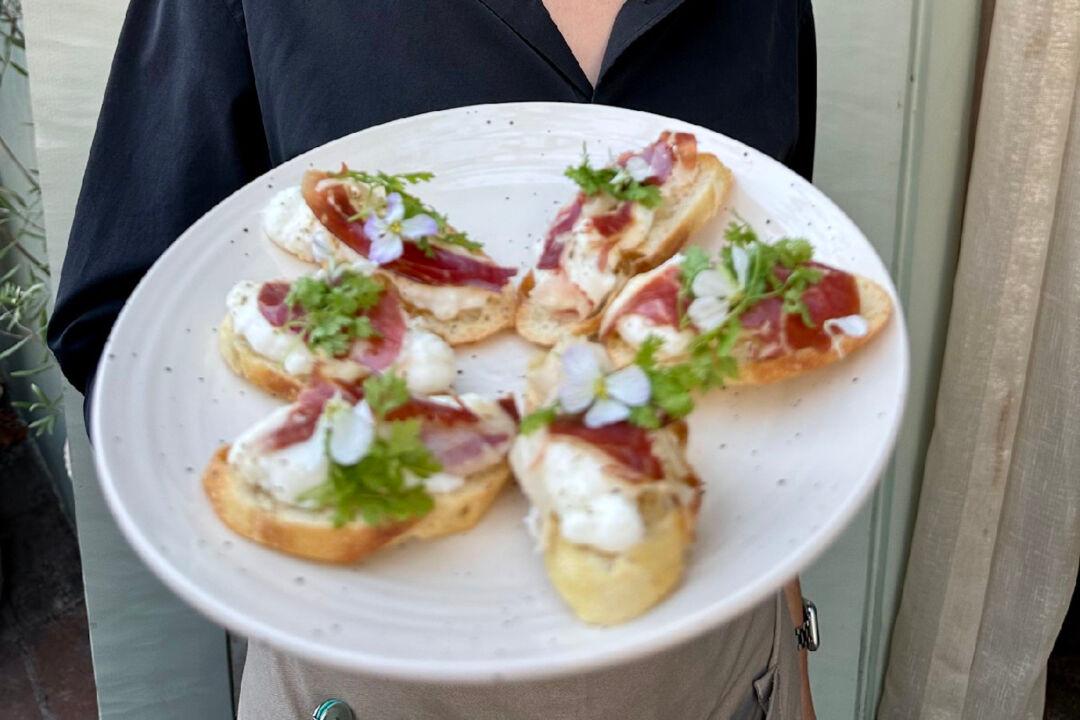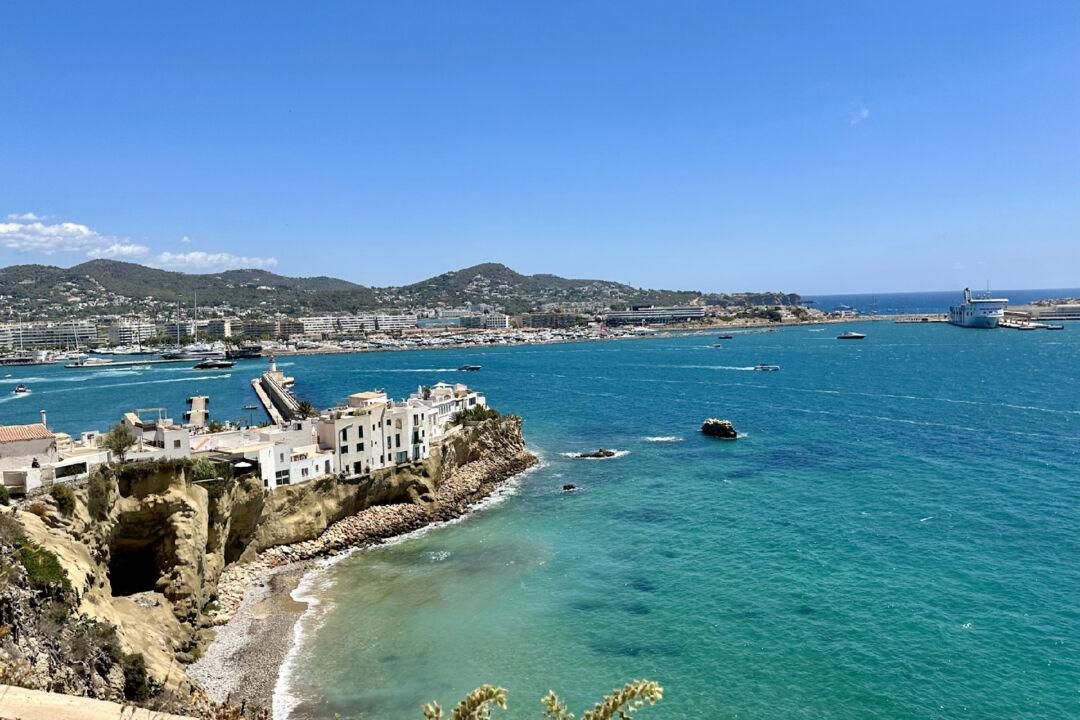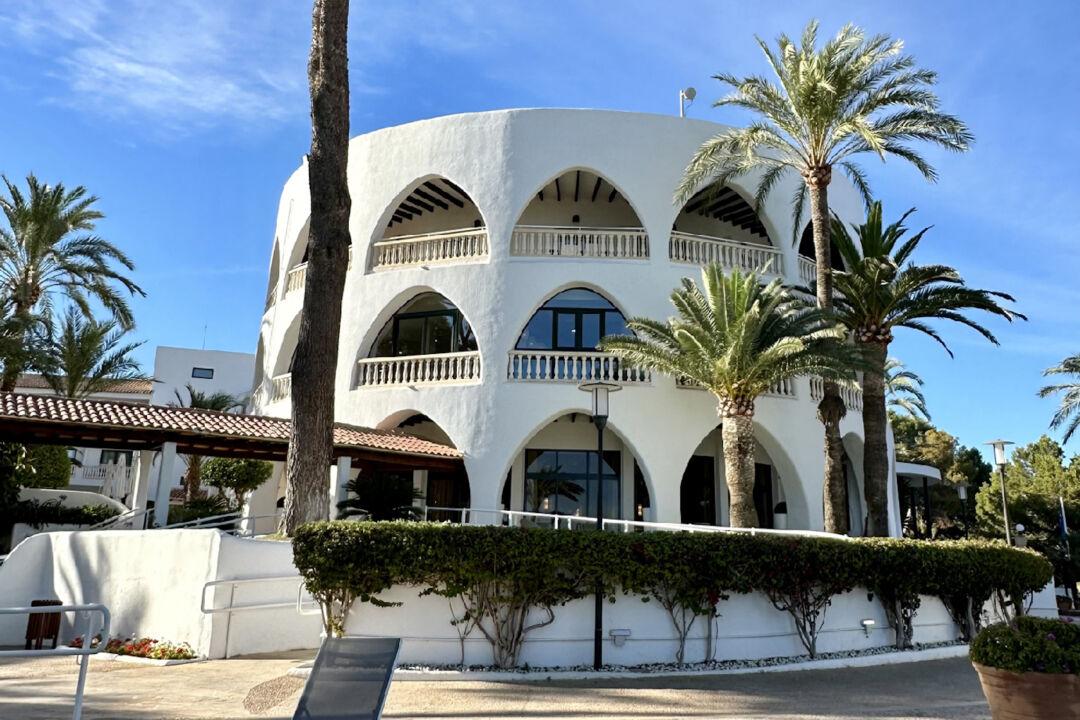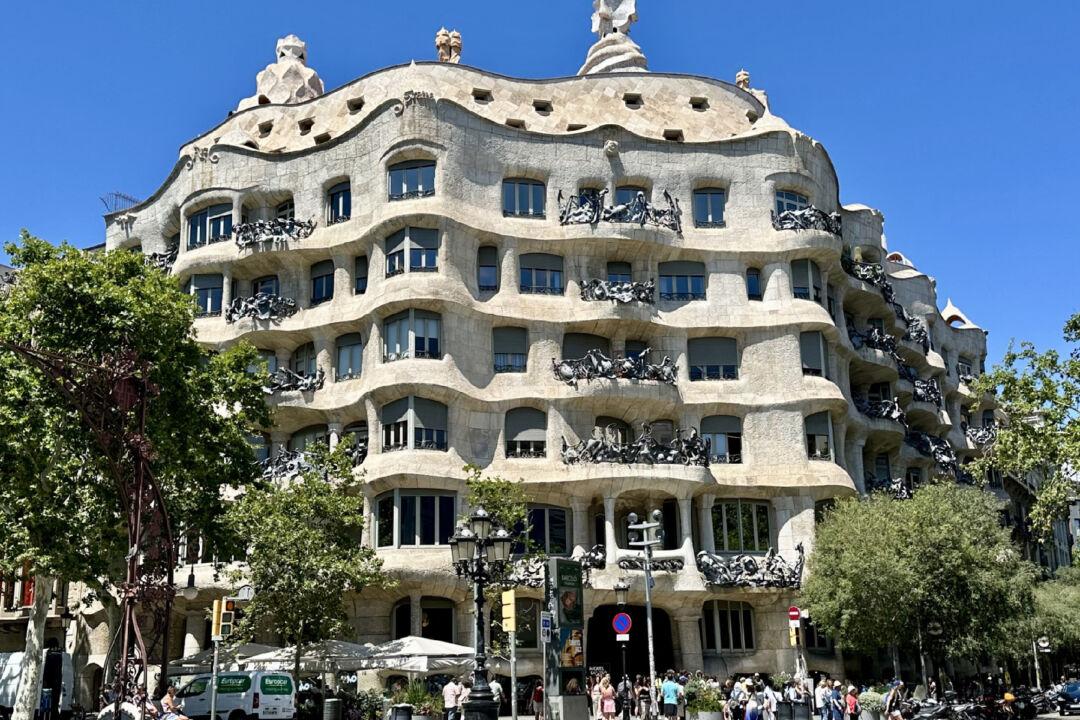Munich seamlessly blends both the urban flair of a vibrant metropolis and the traditional charm of an outlying town. Situated on the Isar river to the north of the Bavarian Alps, Munich is the capital of Bavaria and the third-largest city in Germany. What started out as a market town in the 12th century has now transformed into a modern-technology capital known for its high-tech cars, tall tankards and—above all—beer-filled Oktoberfest celebrations.
During our visit while touring the Alps, our family experienced Munich’s engaging mix of modernity and tradition firsthand. And it didn’t take us long to realize that Munich’s allure extends far beyond its unique regional identity. There’s a whole world of architectural marvels, historical gems, and stunning scenery to uncover here.
We started our trip by purchasing a Munich Card and a Munich City Pass that allowed us to travel around Munich using public transportation and to enter main attractions. This simplified the process of navigating around the city and exploring sites. We stayed at the new Gambino Hotel, which boasts a prime location in the brand-new Werksviertel-Mitte neighborhood. As one of Germany’s most exciting urban development projects, this neighborhood is a pop-up city composed of repurposed industrial buildings alongside futuristic new structures.

The modern Werksviertel district demonstrates how beautifully Munich weaves the old and the new together. Werksviertel-Mitte was once a food-manufacturing site for potatoes and dumplings, but now it’s a trendy neighborhood exploding with a creative vision to cultivate a neighborhood district of the future. For our teenage son, staying in such a lively and futuristic area of the city meant we were staying in an area “straight out of ‘Ready Player One.’”
The Gambino Hotel is central to “Umadum München,” the biggest mobile Ferris wheel in the world. We grabbed some drinks and snacks from the nearby snack bar and rode the Umadum for free with our Munich City Pass. In the Bavarian dialect, “umadum” means “all-round,” which perfectly describes the panoramic views of Munich’s stunning cityscape that we enjoyed from our pod.
Then it was time to visit the famous Hofbräu Wirtshaus beer hall. Dating back to 1589, this is the embodiment of original German hospitality with the quintessential Oktoberfest feel. It’s where locals and visitors alike can kick back at family-style tables with a pretzel in one hand and a beer in the other, all while listening to daily live music. We laughed continuously as everyone kept offering our teenager a beer, which he continuously denied. The Hofbräuhaus has become so iconic of Bavarian beer culture that a visit to Munich truly isn’t complete until you step inside.
The next day we did some sightseeing on the Munich Old Town Small-Group Walking Tour that I booked through TripAdvisor. This tour was less than $30 per person and worth every penny since we got to hit all the top sites in Old Town: the Marienplatz city center, the Viktualienmarkt market, St. Peter’s Church, the Alter Hof, Frauenkirche church, and the glockenspiel clock.
If you’re short on time in any new city—especially one as large as Munich—a walking tour is a good way to get the lay of the land, get your bearings, and hit top sites quickly. We walked all over Munich with one of the most sensational tour guides I’ve ever had, Dani. Under her leadership, we experienced the city in a fun, healthy, and efficient way.
After walking all day, we were craving some Bavarian cuisine, so the dinner we had at Xaver’s really hit the spot. A trio of young siblings runs this stylish restaurant that’s located in the heart of Munich. The decor is a nod to Wirtshaus culture and features details emblematic of a classic Bavarian inn. We dined outdoors, savoring every bite of our wienerschnitzel, salmon trout ceviche, and cheese spatzle.
The next day we went on a spectacular bus tour of Neuschwanstein and Linderhof Palace that I also booked on TripAdvisor. Booking organized tours in advance provides a stress-free, joyful, and streamlined way for families to explore popular landmarks, especially during high season.
Spending a day seeing royal castles in Europe was a bucket-list adventure that delivered the blissful fairytale feeling in spades. On our guided tour, we learned about how King Ludwig II of Bavaria ordered construction of Neuschwanstein Castle in 1868 but died before its completion. He wanted to create a better Romanesque reproduction of a medieval-style castle in line with his romanticized vision of monarchy. And seeing the storybook towers, turrets, and frescoes, it’s clear why Neuschwanstein Castle inspired Walt Disney to create the Sleeping Beauty Castle at Disneyland.

Before departing Neuschwanstein, we enjoyed lunch in the little town and walking around the Alpsee Lake that is situated at the foot of the castle. Then we hopped back on board our bus and visited Linderhof Palace, the smallest of the three palaces King Ludwig II commissioned.





